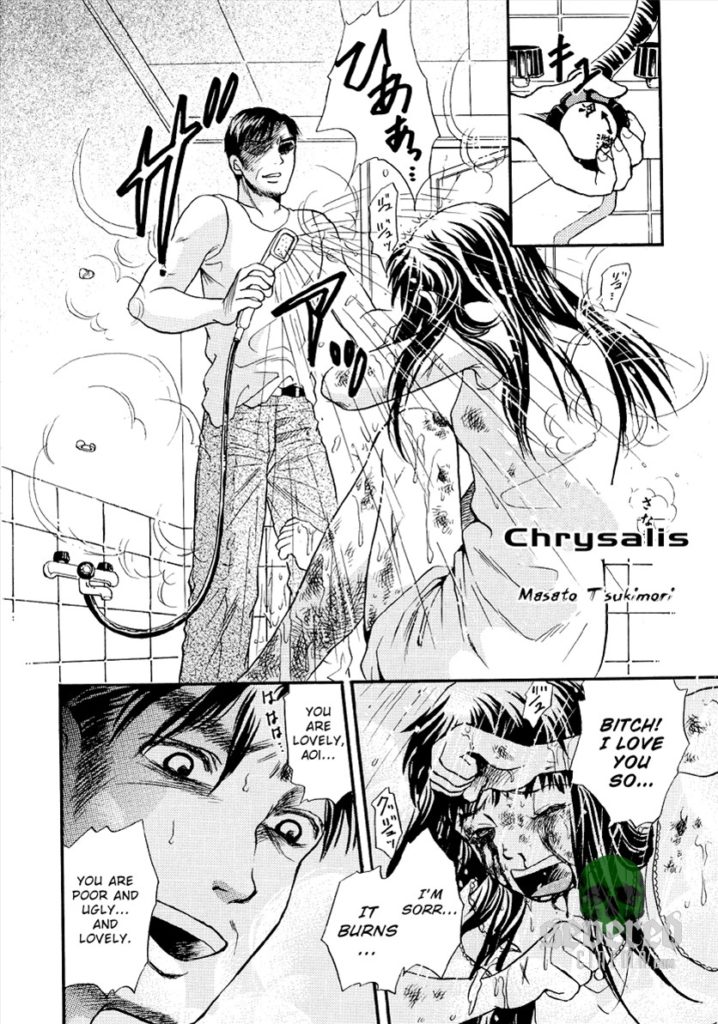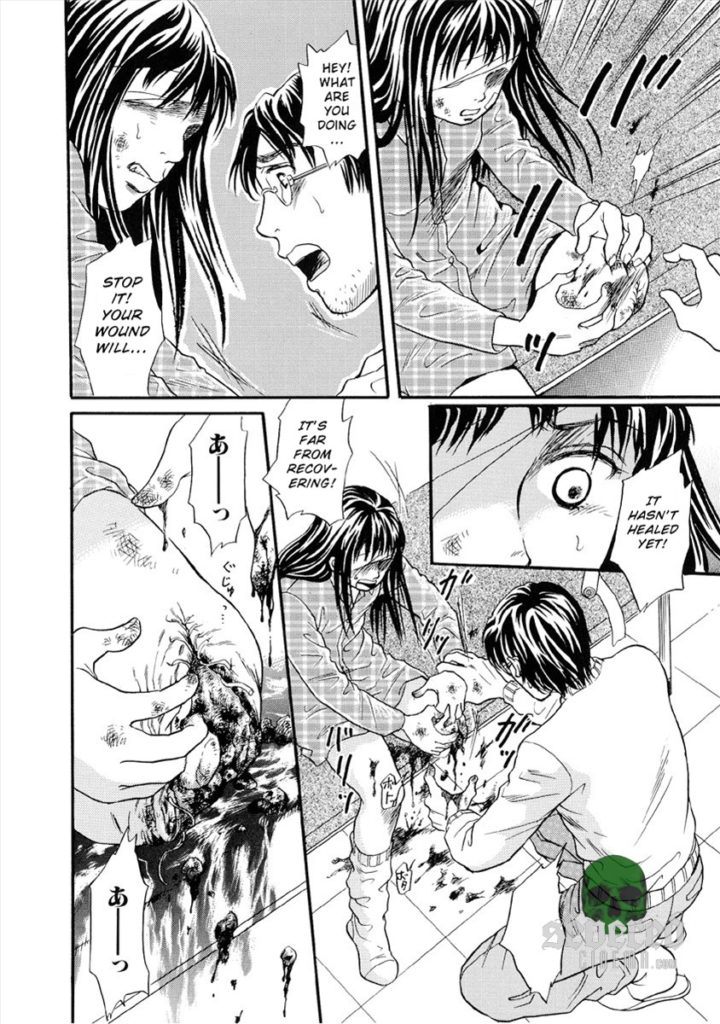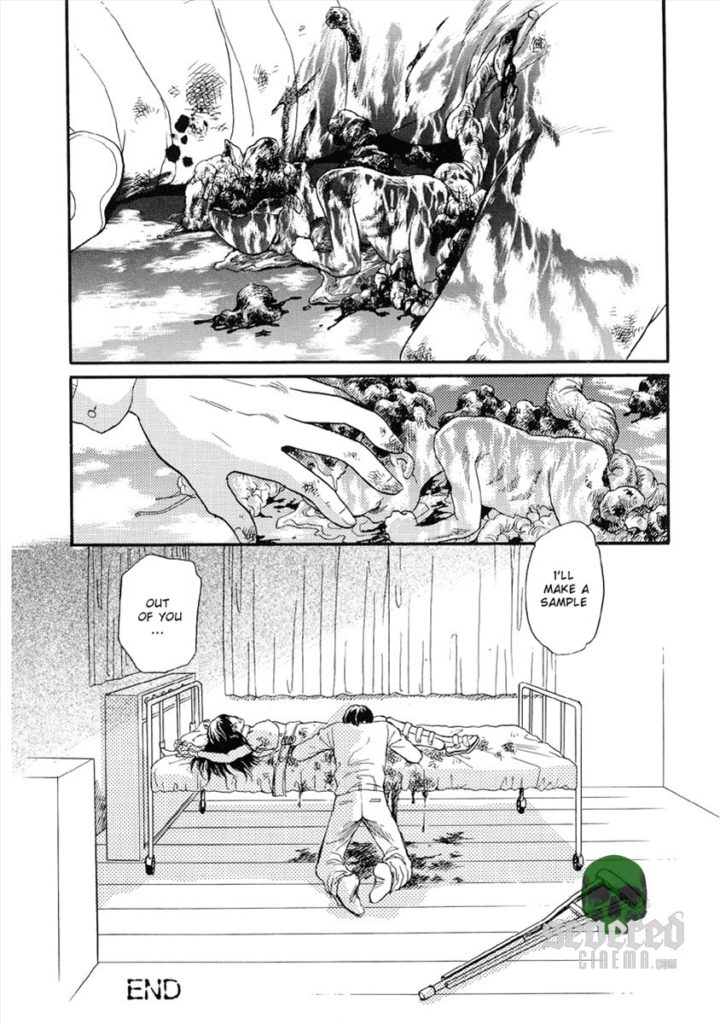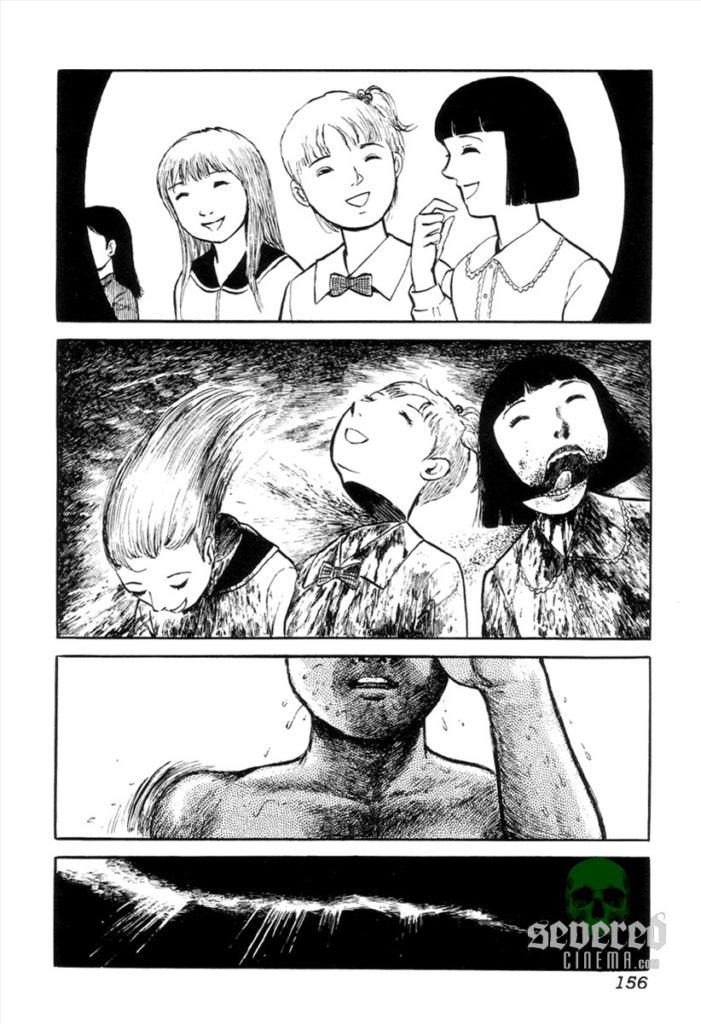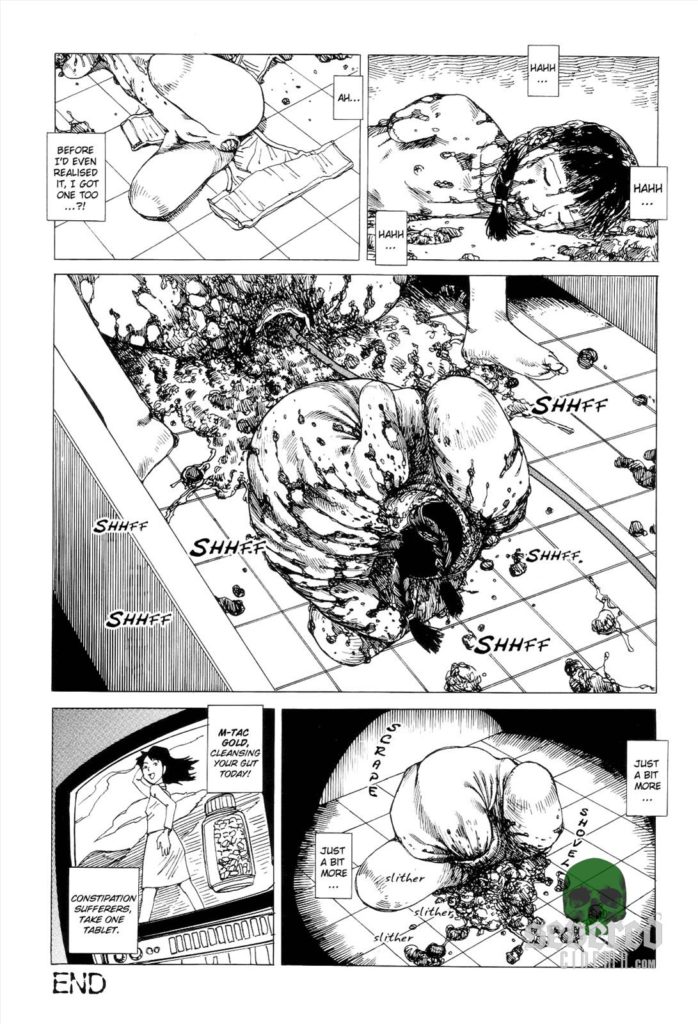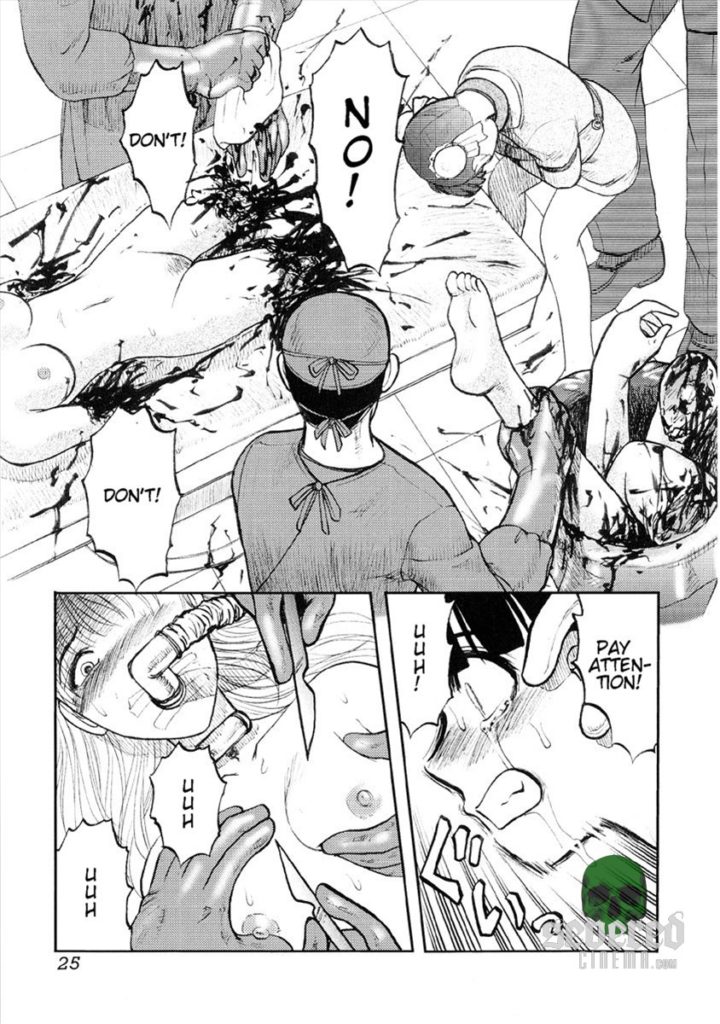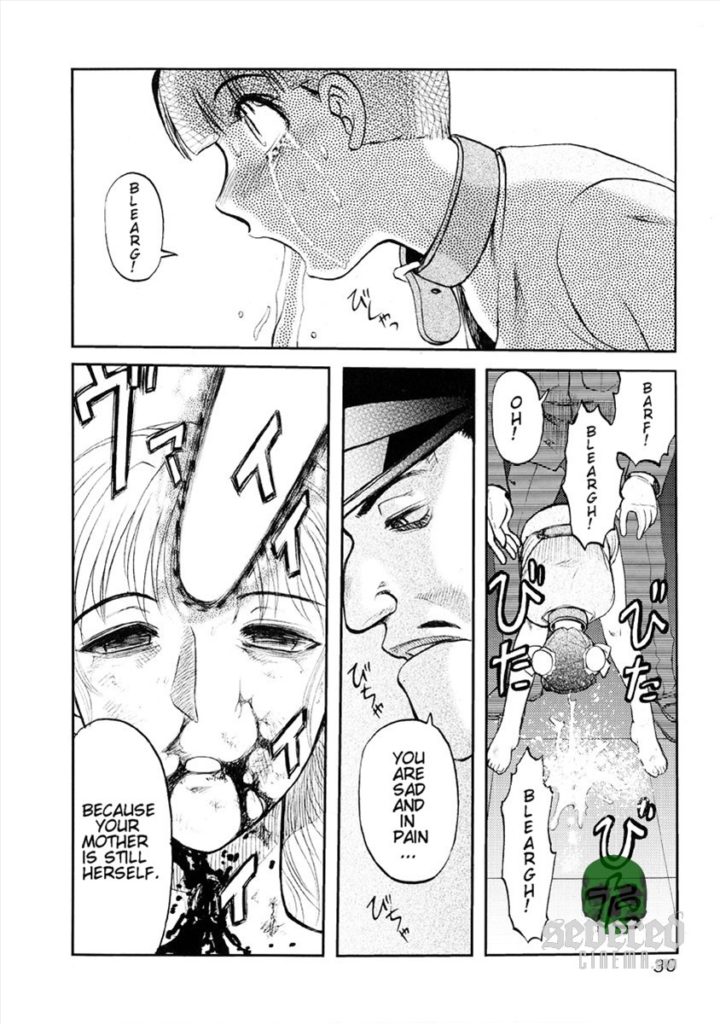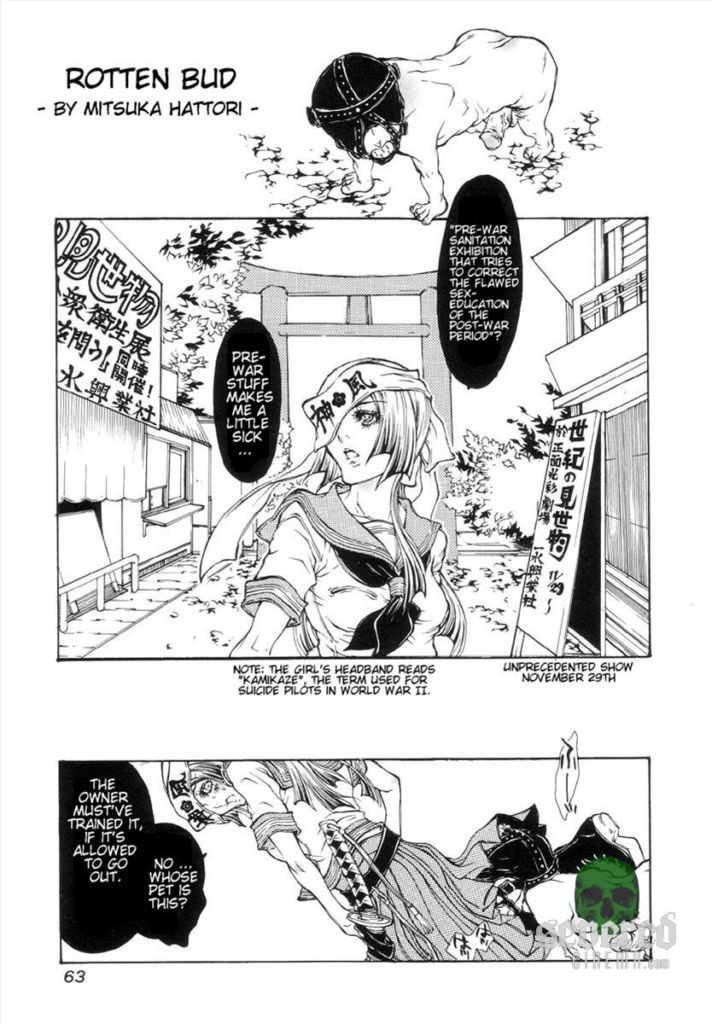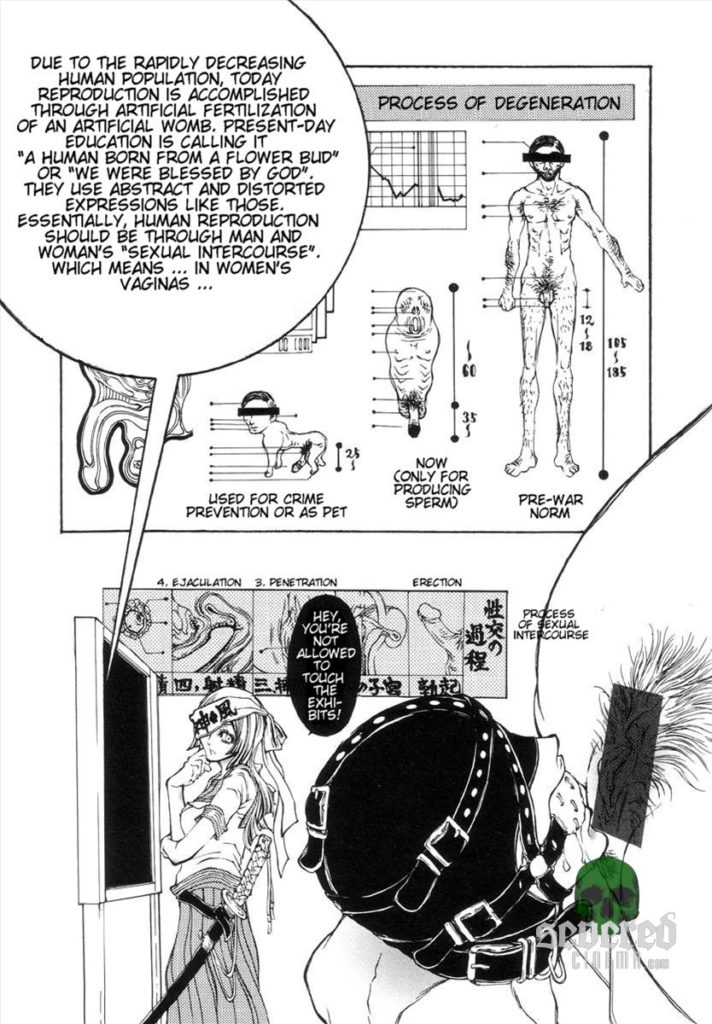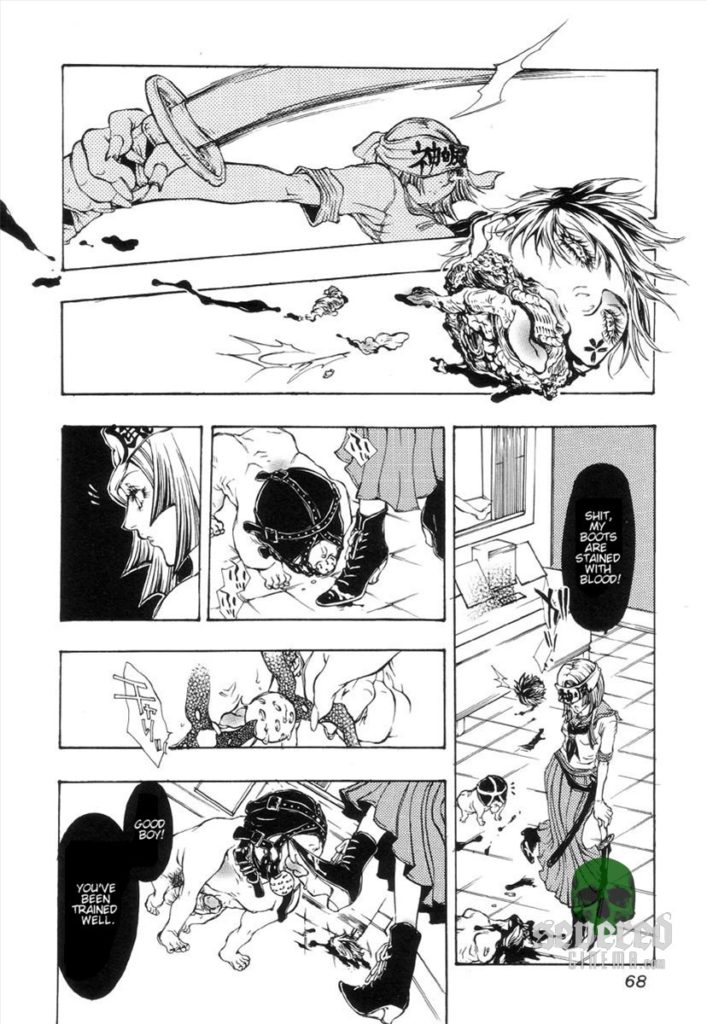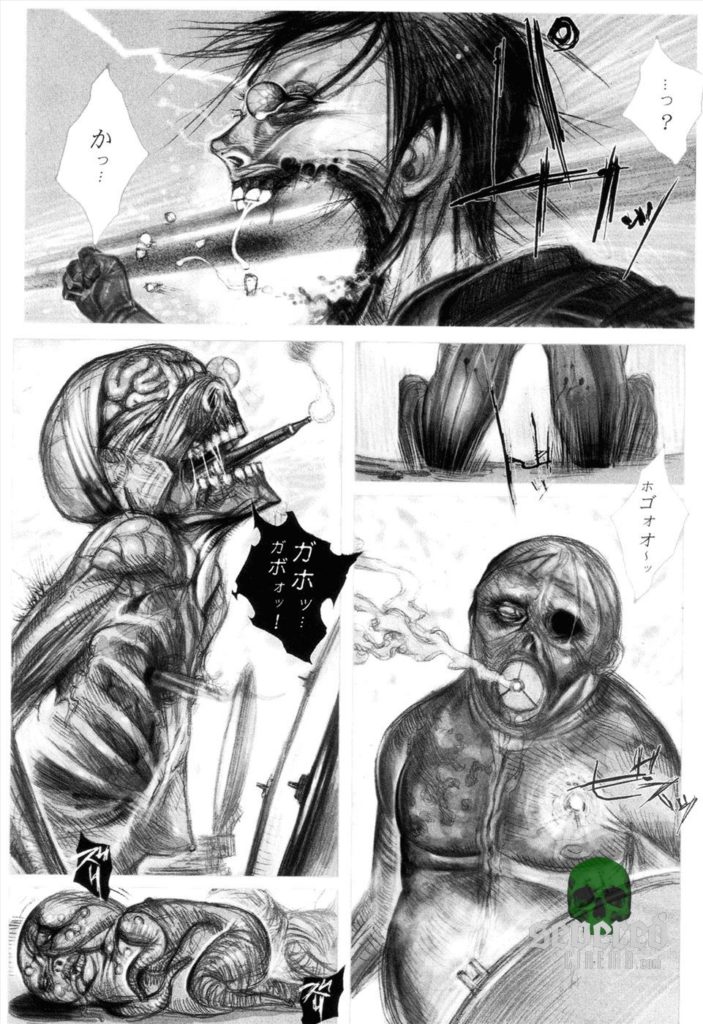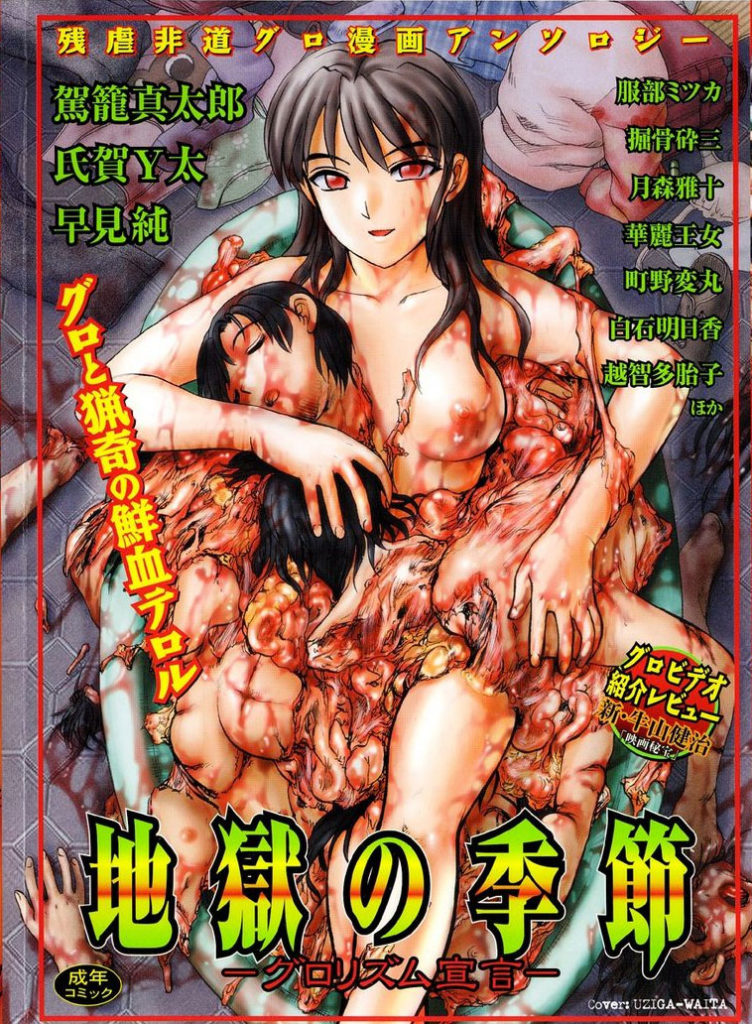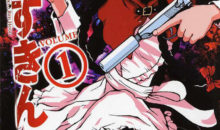Hell Season Review: Navigating the Twisted Terrain of Ero-Guro Manga!
It is very rare that I find myself at a loss for words while reviewing a piece of media. As someone who has been a fan of extreme art for all of their adult life, it takes a lot to shock me. Even more so in the world of manga, and specifically ero-guro. I’m someone who would consider themselves well versed in the genre, and I began to believe nothing could get under my skin. That was, until I found Hell Season (Jigoku no Kisetsu: Gurolism Sengen). While researching the most disturbing pieces of manga ever written, I found a manga titled ‘Hell Season’ mentioned on a message board. The admittedly generic sounding title caused me to stay away from it initially, until I found someone post an original copy of the manga online. Intrigued by the cover art, I found a copy and read it myself. Nothing could have prepared me for what I now consider to be the most disturbing, disgusting, and oddly well done ero-guro manga I have ever encountered.
To start, Hell Season is an anthology manga compiling work from ero-guro staples such as Waita Uziga, Shintarō Kago, Shiraishi Asuka, and others. While there is no wraparound story connecting each of the individual stories, it all focuses on ero-guro’s traditional theme of warped sexuality, violence, and the connection between the two. However, the way these themes are explored varies greatly from story to story. Yet, with the book being composed of ten stories, the quality varies greatly from story to story. Henceforth, I am focusing on highlights of the book, both positive and negative
The biggest highlight of the book is most certainly the first story ‘When All’s Said and Done’ by mangaka Shintaro Kago. Before going into what this story entails, read this carefully: all descriptions going forward are going to be extremely graphic and those who are easily disgusted or offended should not proceed. Still here? Great. ‘When All’s Said and Done’ follows a woman who is extremely constipated and finds that her bowel movement is stuck in her body as it has calcified like a rock. Full of maggots, the girl begins to panic and takes matters into her own hands to get the rock out of her. These matters involve sharp objects, and the unfortunate assistance by another woman. This story showcases Kago’s stellar art style and provides a great introduction to what the book’s contents will look like. Other highlights of the book include ‘Chrysalis’ by mangaka Masato Tuskimori which explores an extreme sadomasochistic romance, and ‘The Holes’ by Henmaru Machino which explores self-pleasure that comes as a result of a woman growing holes in her body. These stories are incredibly graphic and shocking, but the art makes them worth checking out. However, a common thought I had while reading the book is that much of the work inside is there for pure shock value and has no merit story-wise. This is unfortunate, as much of the art is excellent. That being said, there are definitely low points in the book.
Perhaps the most disappointing story in the manga is ‘The Piece of Meat Is Talking’ by mangaka Uziga Waita, which is a name many of you will be familiar with as he is the creator of the infamous Mai Chan’s Daily Life which I have reviewed previously (read review here). The story Waita submitted for this piece just feels incredibly generic, and while the art is excellent, the story is something that Waita had done ten times over before this book was published. Another definite low point of the manga is Tataiko Ochi’s ‘The Last Disposal Spot’ which seems to be about cleaners in a post-apocalyptic land who encounter the body of a dead woman. The story is painfully straightforward and generic, and the art is certainly nothing to write home about. This plot perfectly illustrates why anthologies are so hit or miss. When you have too many cooks in the kitchen there is bound to be one or two dishes that come out half baked.
While there are highlights and low points of Hell Season there is no denying its shock value and the impact that provides. There are a few stories in the collection that are well worth a read due to their unique themes and art, but there are even more in the collection that feature boring art and straightforward stories. Still, this collection is worth a look for any ero-guro fan that thinks they’ve seen it all, as some of the pages in this one will live in my head for quite some time going forward.
Manga: Hell Season
AKA: Jigoku no Kisetsu: Gurolism Sengen, 地獄の季節 ―グロリズム宣言―
Issue: Volume 1
Written by: Hirohone Saizo, Waita Uziga, Shintarō Kago, Jun Hayami, Masato Tsukimori, Henmaro Machino, Mitsuka Hattori, Asuka Shiraishi, Taiji Ochita
Art by: Hirohone Saizo, Waita Uziga, Shintarō Kago, Jun Hayami, Masato Tsukimori, Henmaro Machino, Mitsuka Hattori, Asuka Shiraishi, Taiji Ochita
Cover by: Waita Uziga
Pages: 159 pages
Year: November 30, 2003
Published by: 一水社 (Issuisya)
